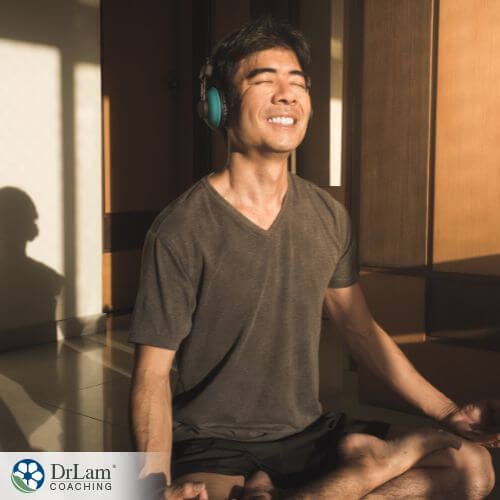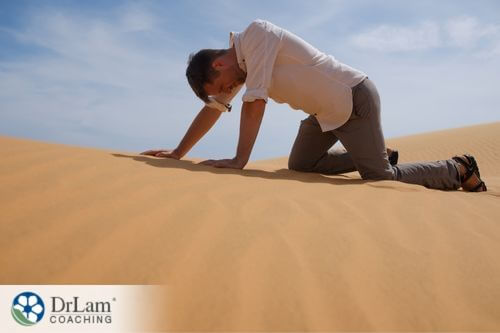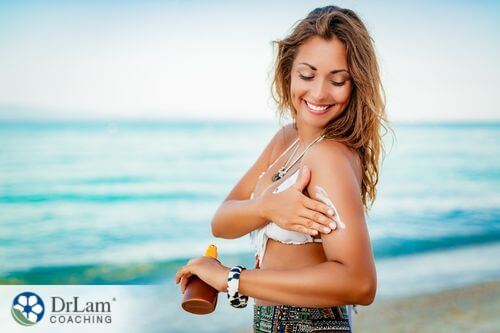The benefits of sunlight include providing warmth, enhancing mood, and promoting vitamin D synthesis in the skin. However, overexposure to sunlight can have harmful effects, from sunburn to skin cancer. This is why it is essential to take the necessary precautions to protect yourself, children, and the elderly from sun damage. You must practice sun safety measures in your day-to-day routine to be protected from harmful ultraviolet (UV) rays while enjoying the benefits of the sun.
 Despite the need for sun safety, sunlight isn’t entirely bad for you. It provides several benefits, including:
Despite the need for sun safety, sunlight isn’t entirely bad for you. It provides several benefits, including:
Regardless of skin color, the potential, harmful effects of UV radiation are still possible. According to the U. S Food and Drug Administration(FDA), certain factors put you at a greater risk for sun damage including:
When it comes to sun safety, you must consider the dangers of sun exposure. These include:
Sunburn is the most immediate danger of excessive exposure to sunlight. A sunburn occurs when the level of UV exposure surpasses the protection of the skin's melanin. This results in damage to the cells and blood vessels. Some signs of sunburn that you should watch out for include:
The most serious threat of sun exposure that makes sun safety so important is the threat of skin cancer. It typically develops on areas of sun-exposed skin, such as the face, scalp, face, ears, lips, arms and hands, neck, legs, and chest. It’s characterized by the abnormal growth of skin cells.
Three major types of skin cancer include basal cell carcinoma, melanoma, and squamous cell carcinoma. Less common forms of skin cancer include Kaposi sarcoma, Merkel cell carcinoma, and sebaceous gland carcinomas.
You can check your skin for suspicious changes to help detect skin cancer in the early stages. Early detection gives you a better chance of successfully irradicating the cancer.
 Dehydration can occur from being in the sun for a long period. When sun safety is not practiced, dehydration is experienced when your body loses more fluids than the amount that’s taken in. This causes an imbalance in the body’s fluid levels, and if dehydration is severe, it can result in death. Some common signs of dehydration include:
Dehydration can occur from being in the sun for a long period. When sun safety is not practiced, dehydration is experienced when your body loses more fluids than the amount that’s taken in. This causes an imbalance in the body’s fluid levels, and if dehydration is severe, it can result in death. Some common signs of dehydration include:
High humidity, performing strenuous activities in the sun, and direct prolonged exposure to sunlight can cause heat stress. This phenomenon occurs when your body is unable to rid itself of excess heat and the core temperature and heart rate increase. The result could be heat cramps, heat exhaustion, or heat stroke. Symptoms such as poor concentration, difficulty focusing, irritability, feeling sick, and a lack of desire for fluids are typical during the early stages. As heat stress progresses, symptoms, such as dizziness, profuse sweating, and fainting may be experienced. At its most critical, death may occur.
When your body experiences stress brought on by a physiological factor such as heat, it induces overuse of the body’s Neuroendometabolic (NEM) stress response self-regulation system. This keeps cortisol levels high and activates the Cardionomic circuit, which consists of the adrenal glands (responsible for stress hormone output), the autonomic nervous system (ANS), and the cardiovascular system (CVS).
If you experience sensitivities to heat or cold conditions, you may be experiencing symptoms of Adrenal Fatigue Syndrome (AFS). This condition happens when chronic stress keeps your body and hormones on overdrive for too long, ultimately reducing your body's ability to respond to new stressors, like heat or cold. If you do have this condition, you should see a doctor aware of AFS to begin healing your body as a whole, rather than pushing yourself to endure very hot conditions. Being mindful of sun safety and its impact on your health could help to prevent worsening AFS.
The sun’s ultraviolet (UV) rays can penetrate the skin and can be both helpful and damaging. The epidermis cells (in the outer layer of skin) contain a protective pigment called melanin, which protects the skin and creates vitamin D. Light-skinned individuals have less melanin in their skin than dark-skinned individuals. Less melanin means less protection against UV rays and overexposure can cause UV rays to reach the skin’s inner layers. The risk of sun damage, like sunburn and skin cancer, thus increases with lighter skin tones. However, sunburn and skin cancer are risks for everyone, which is why sun safety is important to protect the skin.
There are several precautionary measures that you can take to limit your exposure to harmful UV rays even if you love the great outdoors. You should:
Make the application of sunscreen a part of your daily self-care routine. Everyone should use sunscreen, from children over 6 months old and the elderly, to the outdoor enthusiast and sunbather. Sunscreen helps reduce the risk of sunburn and accumulating sun damage that can occur over a lifespan.
 Organic and inorganic sunscreens are both safe and protect from sun damage, but the degree of protection is dependent on their sun protection factor (SPF). The greatest protection is provided by sunscreens with the highest SPF number. Ideally, opt for a sunscreen with an SPF of a minimum of 30, but higher is better, especially if you have had skin cancer in the past. Be sure to read the sunscreen label and ensure that it meets the FDA’s broad spectrum standards.
Organic and inorganic sunscreens are both safe and protect from sun damage, but the degree of protection is dependent on their sun protection factor (SPF). The greatest protection is provided by sunscreens with the highest SPF number. Ideally, opt for a sunscreen with an SPF of a minimum of 30, but higher is better, especially if you have had skin cancer in the past. Be sure to read the sunscreen label and ensure that it meets the FDA’s broad spectrum standards.
It’s important to properly apply sunscreen for the greatest protection. Here’s how:
If you have sensitive skin and develop an allergic reaction to sunscreen use because of a specific ingredient it contains, consult with your dermatologist who can recommend an appropriate sunscreen for you. There are several natural alternatives as well.
If possible, limit prolonged sun exposure from about 10 a.m. to 3 p.m. because UV rays are strongest during this period. Keep in mind that protecting yourself from harmful UV rays is important year-round, especially during the summer months when temperatures climb. Don’t drop your guard on cool or cloudy days because UV rays can still come through and reflect off cement, sand, snow, and water surfaces. Before you head outdoors, you can check the UV Index forecast that predicts the strength of UV rays daily. If the UV index in your region is 3 or higher, apply sunscreen and protect your skin.
Before heading outdoors yourself or with children, for especially long periods, and in the middle of the day when temperatures are usually the highest, wear clothing that will help to protect them against the sun’s damaging effects.
Opt for:
 Some protection from the sun is better than no protection at all when it comes to sun safety. Beat the heat with these beneficial tips:
Some protection from the sun is better than no protection at all when it comes to sun safety. Beat the heat with these beneficial tips:
Sun safety is essential for both adults and children and should be practiced habitually. While sunlight is beneficial to a certain degree, it also has the potential to do a lot of harm from overexposure. It’s paramount that you protect yourself from harmful UV rays that can cause serious health issues and worsen existing ones. Steps like applying sunscreen throughout the day, wearing appropriate clothing and hats, staying hydrated, and taking time to cool off are essential for sun safety.
If you find that your body is less tolerant of sunlight or warm outdoor temperatures, it may be a sign of adrenal fatigue. Speak to our team if you would like assistance in determining the root cause of your heat intolerance and natural ways to remedy your condition. The team at Dr. Lam Coaching can help. We offer a free** no-obligation phone consultation at +1 (626) 571-1234 where we will privately discuss your symptoms and various options. You can also send us a question through our Ask The Doctor system by clicking here.
Prolonged sun exposure can result in harmful effects, including heat stress, dehydration, skin cancer, and sun burn. However, these damaging effects can be prevented by practicing sun safety measures, like wearing sunscreen, dressing in protective clothing, wearing sunglasses, and drinking adequate amounts of water.
